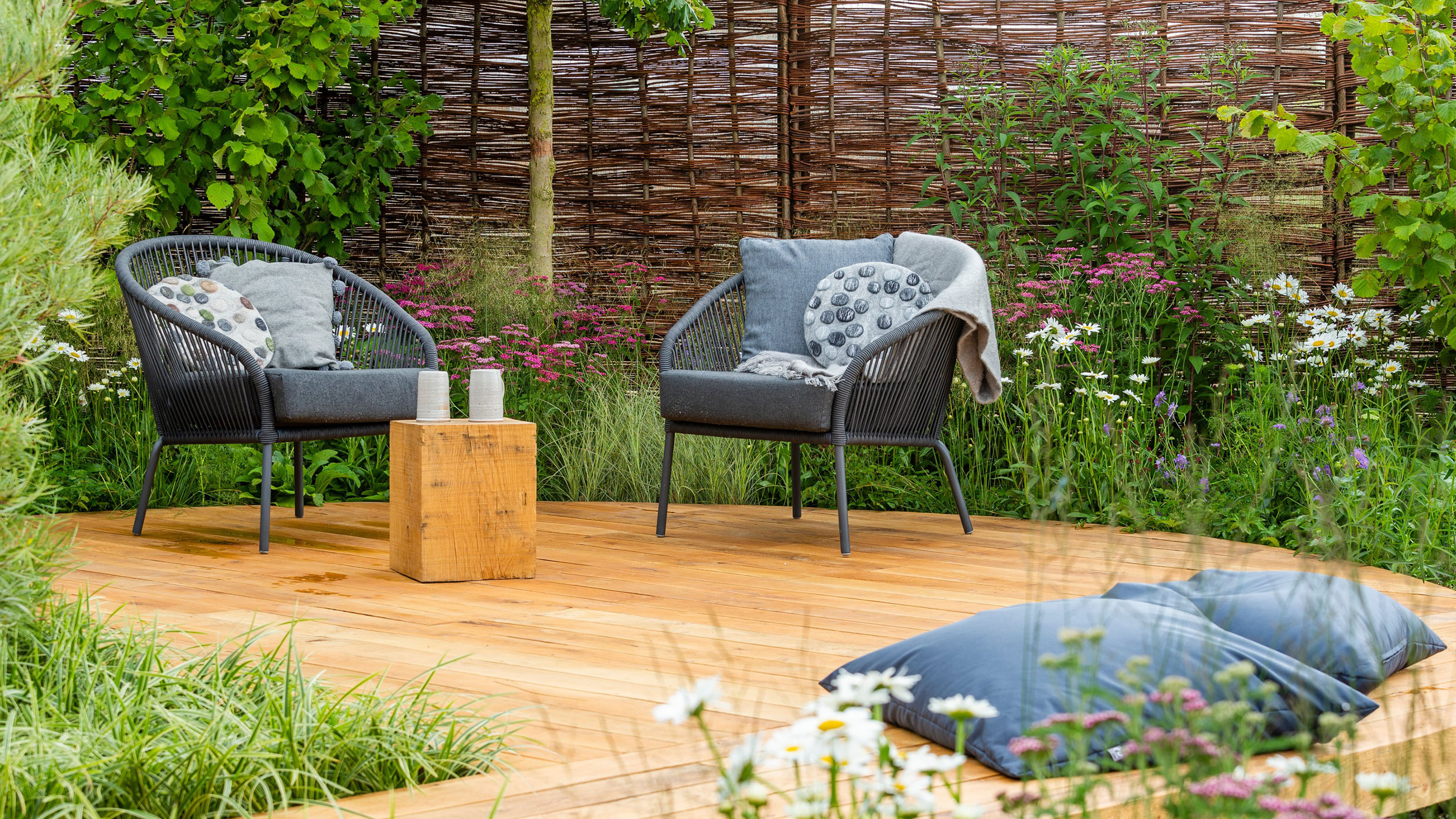New York’s “Renovation Coach” on Remodeling Your Home in the Age of COVID-19
Renovating your home can be daunting under the best of circumstances. But attempting to remodel amid a global pandemic can seem impossible. That’s where Asher Lipman comes in. For more than 15 years, Lipman, a.k.a. the “NYC Renovation Coach,” has been guiding New Yorkers through the process—from setting budgets and choosing features to selecting contractors and navigating co-op boards. As COVID-19 changes how folks alter and upgrade their homes, Lipman shares with Clever the top tips for redoing your home during quarantine and beyond.
AD: How has the pandemic impacted renovation costs and timelines?
Lipman: As you’d expect, it’s increased both. The buildings have become stricter with safety protocols and the number of people allowed in at one time. That slows down the project, which increases costs. There’s also supply-chain issues with some materials, making them more expensive.
How have your clients handled the situation?
It hasn’t been as hard of a sell as I thought. People get that things are harder now and take longer. New Yorkers have been taking this very seriously. So it’s really an extension of how they’ve been living their lives for the past four or five months.
Is there a particular renovation people have been requesting?
I mean it’s almost cliché, but, yeah, the home office. We’re also seeing interest in creating children’s workspaces—I call it the “Zoom Room.” They can close the door, have some privacy, and do whatever they need to do.
What kind of interactions have you had with building management?
In March, April, and May, a lot of buildings shut down any work. But now they realize that they can’t stop renovations, so they’ve enacted stricter protocols. Some co-op boards are limiting the number of renovations that can be done at one time. Many are being tighter about how many days you have to complete your renovation.
But when I talk to the managing agent, there’s a real sigh of relief on their end now. Like, “Okay, this guy is a professional and he knows what’s expected.”
Are there things you’re doing remotely that in the past you would’ve done in person?
A lot of the client meetings are remote now. A lot of the vendor stuff, too. Sometimes for natural materials—for stone and granite and marble—you still have to go look at it. But people are getting more comfortable with technology.
I still like to physically walk through the space with the clients. But more of the nitty-gritty can be handled remotely.
Renovating a home can be very stressful, especially now. Do you find yourself playing therapist or referee?
Historically, I’ve always had some “therapist” role, especially if it’s a couple or family. Everyone has their own agenda and their own aesthetic. So I try to mediate that.
Of course, now we have this whole other psychological level. “How are we going to get through this safely? Is it better to stay at home or in a hotel?” So it is a bit more hand-holding and letting the client know we’re gonna get through it okay.
You’ve generally advised your clients not to stay in the house during a renovation. Is that still the case?
Well, I definitely did before. But now, with the pandemic, short-term rentals are much harder to find and people are less comfortable going to a hotel.
But, simultaneously, if you’re working from home, and the kids are at home, and these workers are traipsing in and out—is that really safer? Fortunately, many of my clients have second homes or are able to stay with a friend or relative. Going forward, I think that’s going to be a wait-and-see situation.
Are there any changes to the industry you think will remain after the pandemic is over?
I think some of the protocols the buildings will keep. Cleanliness is always good, right? Limiting the number of renovations at one time is also good for a whole myriad of reasons: There are less demands on the service elevator, inspections are easier to schedule, deliveries are easier, and other residents aren’t disturbed as often because of overlapping construction. I think vendors now are more willing to do things via technology, and that will stay.
We’re also seeing clients making decisions more quickly now, because there’s so much else going on. Before they might have worried over six different faucets types. Now they’re like, “Okay, one of these two is fine.” [Laughs] So we might see some of that continue, hopefully.
Originally Appeared on Architectural Digest




